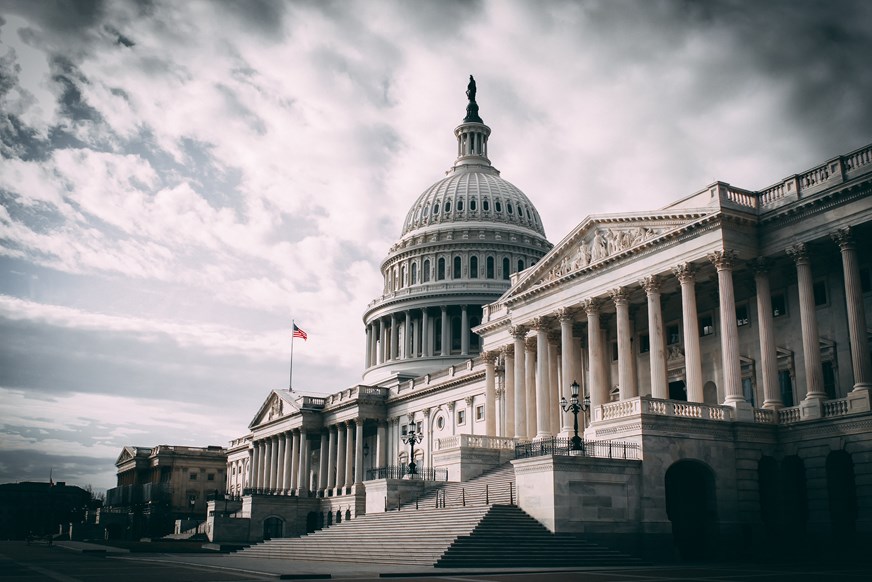
Search our articles
US proposals to address Chinese trade and sanctions evasion

Key Insights:
What is happening: US officials are intensifying efforts to curb Chinese trade and sanctions evasion through new legislation. The Axing Nonmarket Tariff Evasion Act (ANTE) scrutinizes investments by Chinese firms in third countries and proposes countermeasures at the firm-level that would expand Section 301 tariffs. Additionally, a proposed subsidy rule imposes existing licensing requirements on firms who are majority-owned by sanctioned companies.
Why it matters: The ANTE Act would heighten compliance risks in emerging markets. Exports from EMs would be scrutinized for their local content and could face retroactive duties or be embroiled in legal disputes between local authorities and the United States Trade Representative (USTR). Elsewhere, the subsidiary rule will turn up the pressure on US firms to terminate sourcing from sanctioned Chinese chip design and fabrication firms.
What happens next: If the measures are passed, the USTR’s ability to scale firm-level investigations is limited, and legal challenges from third countries could delay enforcement. Even if the measures are narrowly targeted, however, they may chill broader investment flows and complicate regional sourcing strategies and provide additional tools for the Trump administration to carry out its policy goals.
US officials have introduced legislation that would allow them to act against Chinese trade and sanctions evasion, which has been rising since the hike in barriers against the Chinese economy this year. The ANTE Act in particular, scrutinizes the actions of Chinese firms in third countries and proposes countermeasures at the firm-level. While this surgical focus prevents an unnecessarily broad pressure campaign on all Chinese investment in third countries – legitimate or otherwise – the USTR office will likely struggle with the scale of investigating individual firms. In Vietnam alone, the number of Chinese firms engaging in rerouting activity increased by over 300% from 2018 to 2021.
Complicating the issue of scale is that the USTR will likely face legal challenges or diplomatic protests from third countries on the rules of origin issue. It is difficult for the USTR to ascertain with clear authority for each individual firm if the proposed investment is considered sufficient transformation to qualify as local under existing rules of origin. Legal disputes, as well as ire from third countries over US scrutiny in their investment practices, will likely delay any application of duties.
On the other hand, the proposed subsidy rule is likely to be more effective as it targets firms already sanctioned on the Entity List and other measures. The rule will close the loophole for subsidiary firms, compelling US firms to source from other partners.
Taken together, these proposals underscore a sense of urgency in Washington to fully enforce the restrictions it has placed on the Chinese economy. If the proposals are passed, they will likely risk an already fragile détente with China and spur Beijing to pass mirror regulations and double down on leveraging chokepoint goods. Beijing has already wielded rare earth export licenses punitively and signalled its desire to retaliate at the firm level.
Topics: North America, Asia, Trade, Technology, Manufacturing

Written by Onyx Strategic Insights

